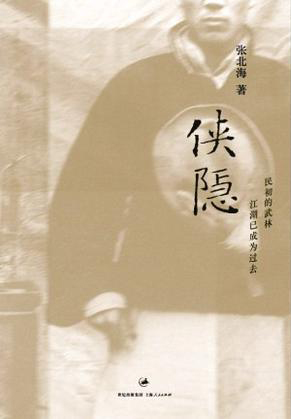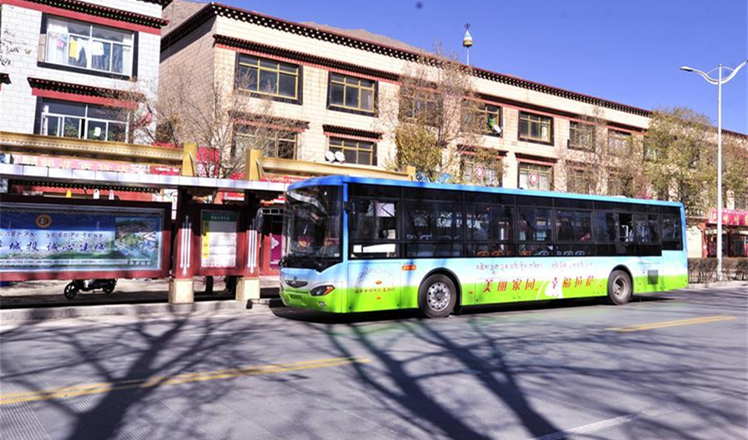Screen adaptation brings 1930s Beijing to life
Updated: 2015-11-25 08:02
By Li Jing(China Daily)
|
||||||||
 |
|
Book cover of Xia Yin.[Photo provided to China Daily] |
Zhang, who was born in Beijing in 1936, moved to Taiwan with his family in 1949.
After graduating from National Taiwan Normal University, he went to the United States in 1962 to do further studies in comparative literature at the University of Southern California.
Zhang says: "In the 1960s, the US was going through a huge transformation. Along with the civil-rights campaigns of the 1960s, the anti-war movement was also bubbling, attracting members from college campuses, middle-class suburbs, the labor unions and government institutions.
"Everything was new to me and I was shocked and excited."
After earning a master's degree, Zhang did a variety of jobs-from being a clerk in a bank and a deliveryman at florist's shops, to working at gas stations.
His life of unstable jobs ended in 1972 when he found work as a translator at the United Nations and moved to New York, where he started to write.
He published several Chinese-language collections of essays about New York. Thanks to his sensible and insightful observations, his essays about daily life in New York, such as metro trains and tramps, earned him a name in China.
As an old New Yorker, he has been the host for many Chinese artists.
Hong Kong filmmaker Stanley Kwan used his house as a setting for his film Full Moon in New York, and Taiwan musician Bobby Chen featured him in a song, Old Hipster.
Writer Xu Zhiyuan describes him as cosmopolitan.
"Like Ernest Hemingway, he wrote about his home country far away from it, adopting a peculiar view," he says.
- Author navigates shifting US-China relations
- Temple known for three wonders, an author and examinees
- Author promotes virtues of 'peasant agriculture'
- Xi visit a 'positive signal', author says
- Big Head Son author releases new book on character's sister
- Cultural role in ties explored by author
- Author of Chinese novel Wolf Totem wins award in Mongolia

 Obama: US, France stand united against IS, terrorism
Obama: US, France stand united against IS, terrorism
 Crime stoppers meet in DC
Crime stoppers meet in DC
 Premier: China ready to advance Baltic Sea high-speed rail project
Premier: China ready to advance Baltic Sea high-speed rail project
 Beijing greets the sun after 19 days of gloom
Beijing greets the sun after 19 days of gloom
 First solar powered public bus operates in Tibet
First solar powered public bus operates in Tibet
 Top 10 self-made female billionaires in the world
Top 10 self-made female billionaires in the world
 Miss World beauty contest to start in Sanya
Miss World beauty contest to start in Sanya
 Premier Li meets old friends at specialty shop in Malacca
Premier Li meets old friends at specialty shop in Malacca
Most Viewed
Editor's Picks

|

|

|

|

|

|
Today's Top News
Chinese president arrives in Turkey for G20 summit
Islamic State claims responsibility for Paris attacks
Obama, Netanyahu at White House seek to mend US-Israel ties
China, not Canada, is top US trade partner
Tu first Chinese to win Nobel Prize in Medicine
Huntsman says Sino-US relationship needs common goals
Xi pledges $2 billion to help developing countries
Young people from US look forward to Xi's state visit: Survey
US Weekly

|

|







